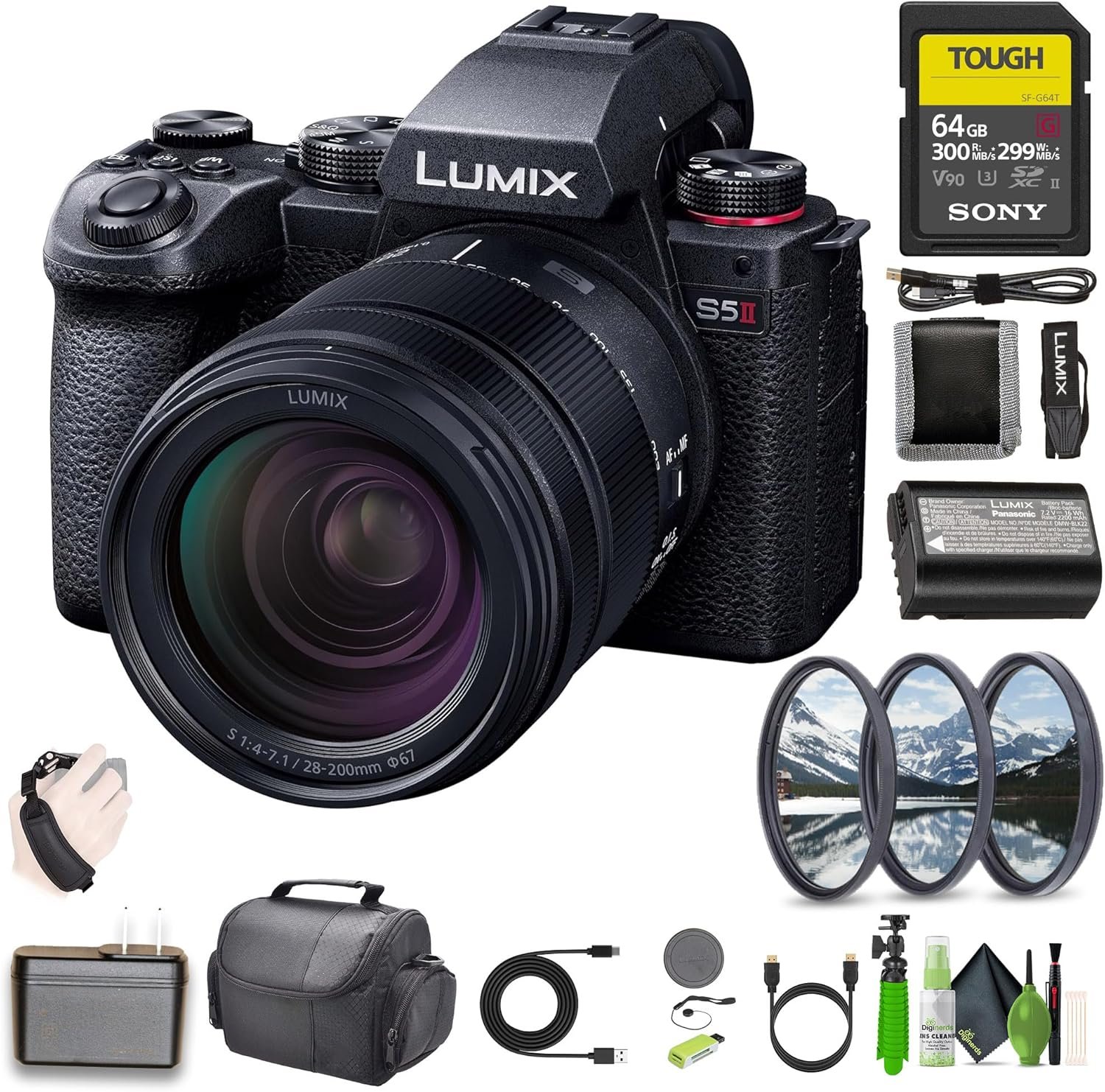A Beginner’s Guide to Starting a Video Podcast
How We Built Our Video Podcast from Scratch
Guest post by Rachael Hassall, Co-Founder of The Poetry Vessel.
I know when we were first starting out, I didn’t have a clue on how to set up a podcast. Nathan and I had questions—what cameras have unlimited recording time? How do you connect multiple cameras to one monitor? Since we just finished recording our 12th episode, I wanted to help people like you with the technical stuff.
When we started The Poetry Vessel Podcast, we knew we wanted to create something different—conversations that crossed disciplines, invited depth, and fostered unique, dialectical poetry.
But we didn’t begin with a polished studio or a big budget; we started with what we had. However, thanks to patrons’ generosity, we’ve been able to build a toolkit that facilitates our evolving vision.
Over time, we’ve developed a workflow that balances creative spontaneity with technical quality. So if you’ve ever dreamed of launching your own podcast—or if you’re just curious how we make ours—read on.
Our Gear Setup
Let’s get right to it—gear talk.
Chances are, gear talk is exactly why you clicked on this article.
So let’s jump into it.
We started out filming The Poetry Vessel Podcast with just an iPhone and an Android in our kitchen, with Nathan’s head floating by our washing machine. Oh, and our power had gone out. (Seriously—you can see it all on Episode One.)
Since then, thanks to the support of our incredible viewers and patrons, we’ve slowly been able to level up.
Over the past year, we’ve tested a variety of setups to find what works for us: something cinematic yet portable, professional yet not overproduced.
If you’re looking to start or upgrade your own video podcast—and don’t have a studio-sized budget—here’s the gear we recommend enthusiastically.
👉 Cameras:
Early in our YouTube journey, we fell in love with the Panasonic camera series.
Why? For one simple reason that makes a huge difference: unlimited recording time, as long as you’re using a high-quality SD card (we recommend V90 speed or better) and have a reliable power source.
We strongly suggest investing in multiple battery packs or setting up continuous charging, especially for longer filming sessions.
We typically film with three cameras:
One wide shot capturing both guests,
One close-up on the guest,
And one on the host (my husband, Nathan Hassall).
This multi-angle setup gives us editing flexibility and keeps the visual energy dynamic—which helps elevate the atmosphere of these deep, intimate conversations.
Here’s the camera gear we currently use:
Camera One (Wide Shot) — Panasonic LUMIX S5II Mirrorless Camera with LUMIX-S Series 28-200mm F4-7.1 Macro O.I.S. Lens
This is the most expensive of our three cameras, but boy does it deliver. The quality of this camera is superb and has been well worth the investment.
Camera Two (Guest Angle) — Panasonic LUMIX G95D 20.3 Megapixel Mirrorless Camera, 12-60mm F3.5-5.6 Micro Four Thirds Lens
This and our “host” camera are both more lightweight, but still offer the same benefits of our main camera, which is unlimited recording time (paired with the right SD card/recording setup and battery life).
Camera Three (Host Angle) — Panasonic LUMIX DMC-G85 Mirrorless Camera with 12-60mm OIS Lens
For both our “guest” and “host” cameras, it's worth noting that in certain settings the camera will still record continuously—but splits the footage into multiple smaller files. It caught us off guard the first time we opened the SD card and saw dozens of clips. Don’t worry though—when imported into your editing software, the transitions between files are seamless. You won’t lose a single frame.
👉 Microphones:
In the early episodes of the podcast, we used stationary microphones—either set on the table or mounted on a microphone stand.
While they offered great sound quality, we quickly found them limiting in more casual, living room-style setups. The fixed position restricted natural movement and sometimes made guests feel less comfortable, especially during longer episodes.
That’s when we switched to the DJI Mic Mini and we haven’t looked back.
Stationary Microphone Option: Blue Yeti USB Microphone
Portable Microphone Option: DJI Mic Mini (2 TX + 1 RX + Charging Case)
👉 Bits and Bobs:
Okay, so you have a camera and mic, now what? Here are all the other tools that we use to put our podcasts together.
Camera Tripods — For our camera setup, we use three of them.
Phone Tripod — I’m a paranoid filmer, so I like to have a backup. That’s why I put my iPhone on a tripod while filming as well, usually as a “wide shot” just in case anything happens to either camera while filming.
Travel Monitor — For our podcasts, I link up all three cameras using HDMI cables to a single monitor so I can make sure everything looks good while filming.
HDMI Switcher with 4 inputs - Quad Screen Multiviewer — This might be one of the most gate-kept secrets in this whole process—and it certainly took us a while to figure out. If you want to view three (or four) camera angles on a single monitor while recording, here’s what you need: a multi-view HDMI splitter. Simply plug each camera’s HDMI cable into the splitter, then connect the splitter to your monitor. Voilà—you can now monitor all angles in real-time from one screen.
It’s a game-changer for multi-cam setups.
SD Cards, Cords & Cable — At the risk of boring you with all the cables and SD cards we use here, we’ve compiled them on our Amazon Affiliate store. We recommend buying HDMI cords that are at least 16ft to ensure you have enough room between your camera and the monitor.
👉 Editing Software (My Un-sponsored Opinion)
I have used a bit of everything over the years for editing. In fact, I’ve used everything from Final Cut Pro, Adobe Premiere Pro, to iMovie. But my favorite editing software by far has to be Da Vinci Resolve.
Here’s why:
They have a FREE version!
Da Vinci Resolve offers a free version with many of the lovely features to get you started on your editing journey. Or you can pay a one-time fee of (currently) $295 for a lifetime subscription. Which, in my opinion, is WAY better than a monthly subscription fee that still crashes (ahem, Adobe Premier Pro).
Amazing features:
If you upgrade to the paid version, you get access to features like the generation of subtitles, and more. Plus their color-correcting tools are ridiculously good.
It’s so easy to use.
Even if you’re not a pro editor, the software is surprisingly intuitive and user-friendly—with one exception: the color-correction tools require a bit of a learning curve. But once you get the hang of them, you’ll be able to craft truly stunning, cinematic footage.
Our Filming Philosophy
We approach each episode with a filmmaker’s eye and a poet’s curiosity—so we always think about light, sound, and space.
But that mindset comes with its own set of challenges. Since most of our episodes are filmed in unfamiliar spaces, we’ve had to prioritize gear that’s lightweight, flexible, and easy to transport. Adapting to new environments has become part of the creative process, and our setup reflects that need for mobility without compromising quality.
Reflecting on Our Conversations
After filming multiple episodes of The Poetry Vessel Podcast, we started to notice something special among our guests.
Regardless of their background—whether poet, neuroscientist, philosopher, musician, financial advisor, psychologist, occult author, or former news anchor—they all shared something in common. When invited into a conversation framed around poetry, something exciting and fundementallydifferent emerged from the process.
Even those who didn’t identify as poets began to speak more poetically. Their language grew more metaphorical, more imagistic. A new cadence emerged, unique to each voice, the conversations have been unmistakably poetic.
That realization changed everything for us. We began to see each conversation not just as an interview, but as a poem in the making.
If you’re interested in becoming a guest on The Poetry Vessel Podcast, consider reaching out.
Motivation for Other Creatives
In short, you don’t need the most expensive camera or a soundproof studio to start something meaningful. Remember, our first podcast episodes were all filmed with our phones and two cheap microphones.
What matters is consistency, intention, and a willingness to learn as you go.
We’ve had technical mishaps. Footage that has been unusable. Locations with challenging lighting or sound issues. But we kept filming. We kept learning. And over time, we created something we’re deeply proud of.
If you’re dreaming of launching a podcast or creative series, start with what you have. Focus on the voice you want to share. The tools can come later—and they don’t need to be fancy. What matters most is the story you’re telling.
Sincerely,
One-half of The Poetry Vessel Team,
Rachael Hassall
FTC DISCLAIMER:
Some of the links above may be affiliate links, which means that if you click on them, I may receive a small commission. As an Amazon Associate, I earn from qualifying purchases. The commission is paid by the retailers, at no cost to you, and this helps to support The Poetry Vessel, LLC and its missions. Thank you!





